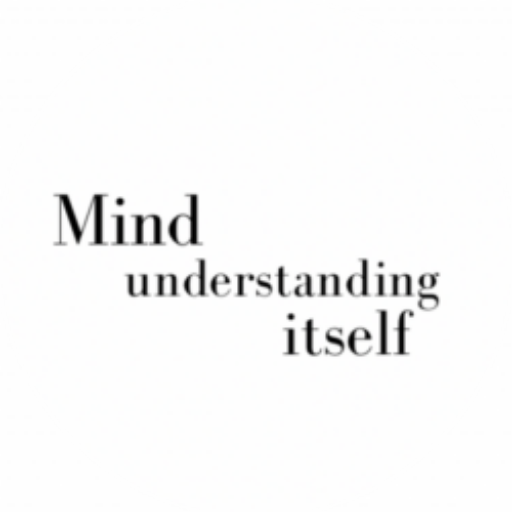Core Beliefs in Cognitive Behavioral Therapy (CBT) -I
What Are Core Beliefs?
Core beliefs are the very foundational beliefs that shape how we see ourselves, others, and the world. These beliefs develop early in life through experiences, especially those involving caregivers and significant life events.
CBT categorizes cognition into three levels:
1. Automatic thoughts – “I will fail this test.”
2. Maladaptive assumptions – “I must succeed at everything I do in order to survive.”
3. Core beliefs – “I am weak.”, “The world is a jungle.”
Core beliefs shape how we interpret situations, process our emotions, and respond to life. As a result, when our core beliefs are more unhelpful, they make it harder to navigate life with confidence and ease.
The good news is that we can identify and modify our maladaptive core beliefs.
Types of Core Beliefs
Core beliefs can be negative (unhelpful/maladaptive) or positive (helpful/adaptive).
Negative Core Beliefs About the Self
There are three main categories of core beliefs about the self:
- Love – “I am unlovable.”, “I am difficult to love.”
- Worth – “I am worthless.”, “I am a failure.”, “I am bad.”
- Helplessness – “I am not good enough.”, “I am not strong enough.”, “I am not smart enough.”
Negative Core Beliefs About Others
“People cannot be trusted.”, “Others are unforgiving.”, “Others are selfish.”
Negative Core Beliefs About the World
“The world is dangerous.”
“Life is always a challenge.”
Positive/ Adaptive Core Beliefs About the Self
- Love – “I am worthy of love and connection.”
- Worth – “I have value just as I am.”
- Helplessness – “I am capable of handling challenges.”
Positive/ Adaptive Core Beliefs About Others
“Some people are kind and trustworthy.”
“Others are capable of empathy and understanding.”
“People can be supportive and helpful when I need them.”
Positive/ Adaptive Core Beliefs About the World
“The world is full of opportunities.”
“Life can be challenging, but it is also meaningful.”
“There is kindness and goodness in the world.”
As seen in these examples negative core beliefs are unhelpful and limiting when compared to positive ones. For this reason, Identifying these is our first step toward modifying them.
Next, explore how to identify core beliefs in cognitive behavioral therapy.
Best,
Ayşegül Karadeniz
For more:
How to Identify Core Beliefs -II
Automatic Thoughts: What are They and How can We Identify Them?
Maladaptive Assumptions in Cognitive Behavioral Therapy and How to Identify Them
How to Challenge Automatic Thoughts in CBT
How to Challenge Maladaptive Assumptions in CBT







2 Comments